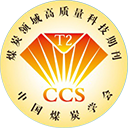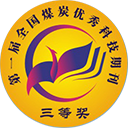Abstract:
An intelligent chlorination algorithm model for water treatment was constructed based on the Random Forest algorithm.The Savitzky-Golay filtering method was used for data smoothing and noise reduction.After multiple rounds of training and performance evaluation, optimal parameters were obtained.Feedforward prediction of the dosing amount was implemented, and a mechanistic model was utilized to constrain the feedback-regulated dosing quantity.The results indicate that the intelligent dosing algorithm controls dosage adjustments more promptly, demonstrating a favorable reduction pattern in the total dosing amount when the influent flow rate significantly decreases.It also effectively reduces the dispersion of free chlorine and enhances the stability of finished water quality.Compared with the theoretical reduction of 7% to 9% in sodium hypochlorite usage under the control of a single AI algorithm.When the AI algorithm is combined with mechanistic feedback control, the savings on chemical costs can exceed 14%, and the electricity consumption per ton of water also slightly decreases.



 下载:
下载: